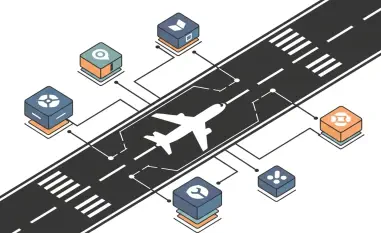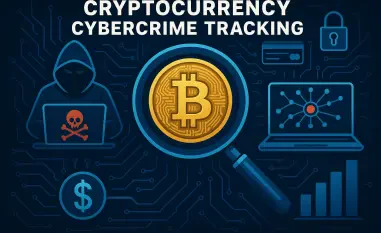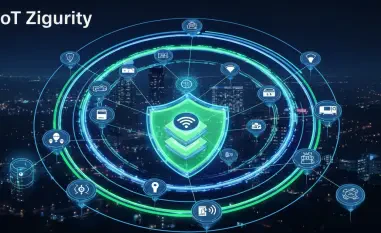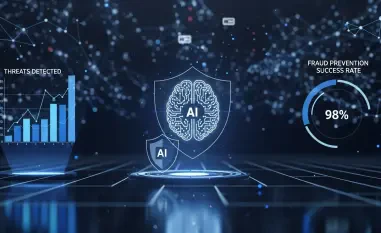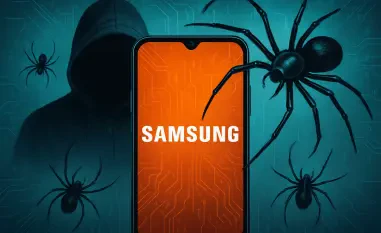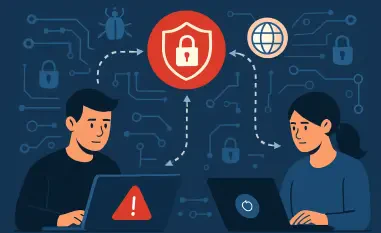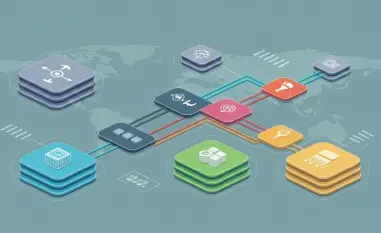Welcome to an insightful conversation with Malik Haidar, a renowned cybersecurity expert with a wealth of experience in safeguarding multinational corporations from digital threats. With a deep background in analytics, intelligence, and security, Malik has dedicated his career to integrating business-driven perspectives into robust cybersecurity strategies. In this interview, we explore his insights on driving secure digital transformation, the importance of tailored IT solutions, the evolving landscape of cyber threats, and the role of national initiatives in shaping a resilient digital future. Join us as we delve into how Malik’s expertise is helping organizations navigate the complex world of IT infrastructure and cybersecurity.
How does it feel to be recognized for your contributions to IT infrastructure and cybersecurity, and what does this mean for your ongoing mission to protect businesses?
It’s incredibly rewarding to see the impact of our work acknowledged. This recognition isn’t just a personal milestone; it reflects the hard work and dedication of everyone I’ve collaborated with over the years. For me, it reinforces our mission to empower businesses by providing secure, scalable solutions that enable them to thrive in a digital world. It’s a reminder that cybersecurity isn’t just about technology—it’s about trust and enabling growth without fear of disruption.
Can you share how your approach to cybersecurity aligns with broader goals of digital transformation, especially in regions with ambitious national agendas?
Absolutely. Digital transformation is about more than adopting new tools; it’s about building a foundation of trust and resilience. My approach focuses on embedding security into every layer of transformation, ensuring that as businesses modernize, they’re not exposed to new risks. In regions with forward-thinking national agendas, like those pushing for economic diversification through technology, I prioritize aligning security strategies with these goals. This means creating solutions that support innovation while safeguarding critical data and infrastructure.
What are some of the core services or strategies you’ve developed to help businesses address their unique IT and security challenges?
I focus on a range of services tailored to specific needs, from designing secure IT infrastructures to managing hybrid cloud environments and providing round-the-clock threat monitoring. A key strategy is starting with a thorough risk assessment to identify vulnerabilities before they’re exploited. From there, I help businesses deploy solutions that balance efficiency with security, ensuring they can scale without compromising safety. It’s all about understanding the local context and the specific industry challenges to deliver something truly customized.
How do you ensure that small and medium-sized enterprises, which often lack resources, can still access top-tier cybersecurity protections?
SMEs are the backbone of many economies, but they often face the same threats as larger corporations without the same budgets. I focus on delivering cost-effective, scalable solutions that prioritize the most critical risks first. This might mean implementing cloud-based security tools that don’t require heavy upfront investment or providing managed services to offload the burden of day-to-day monitoring. The goal is to democratize access to high-quality protection, ensuring they can grow confidently in a digital landscape.
Cyber threats are constantly evolving. Can you walk us through how you help organizations stay ahead of these risks in today’s environment?
Staying ahead of cyber threats requires a proactive mindset. I emphasize continuous monitoring through dedicated security operations setups that can detect and respond to issues in real time. Beyond that, I work with organizations to regularly test their systems for weaknesses and update their defenses based on the latest threat intelligence. Education is also key—training staff to recognize phishing attempts or other common attack vectors can make a huge difference. It’s about building a culture of vigilance alongside technical safeguards.
Hybrid cloud environments are becoming the norm. What steps do you take to ensure a secure and seamless transition for businesses adopting this model?
Transitioning to a hybrid cloud environment is a powerful move, but it comes with unique security challenges. I start by designing architectures that integrate seamlessly with existing systems while adhering to best practices for data protection. This includes setting up strong access controls and encryption to safeguard data whether it’s on-premises or in the cloud. I also ensure there’s constant monitoring to catch any anomalies early. The key is to make the transition smooth for the business while maintaining a security-first approach every step of the way.
Compliance with local regulations can be a hurdle for many organizations. How do you help them navigate this while modernizing their IT systems?
Compliance is non-negotiable, especially in industries with strict data protection laws. I work closely with organizations to map out local regulatory requirements and integrate them into their modernization plans from the outset. This might involve setting up frameworks for audits or ensuring data residency rules are followed in cloud deployments. My goal is to make compliance a seamless part of the process, so businesses can focus on innovation without worrying about legal or regulatory pitfalls.
Looking to the future, what is your forecast for the evolution of cybersecurity challenges and solutions in the coming years?
I believe we’re going to see cyber threats become even more sophisticated, with attackers leveraging AI and machine learning to craft highly targeted attacks. At the same time, I expect solutions to evolve just as rapidly—think AI-driven threat detection and automated response systems becoming mainstream. The challenge will be balancing these advanced tools with human oversight to avoid over-reliance on tech. My forecast is that organizations prioritizing adaptability and a strong security culture will be best positioned to navigate this dynamic landscape.


